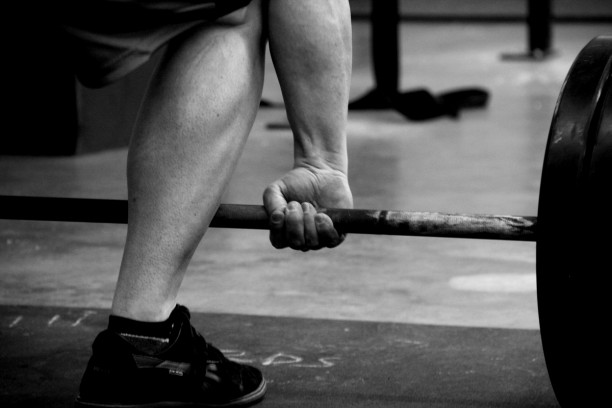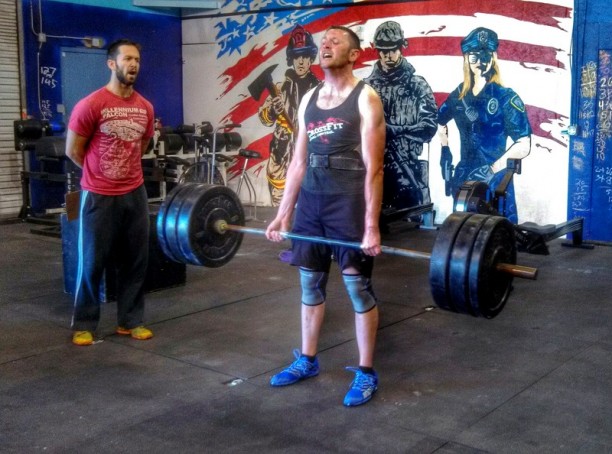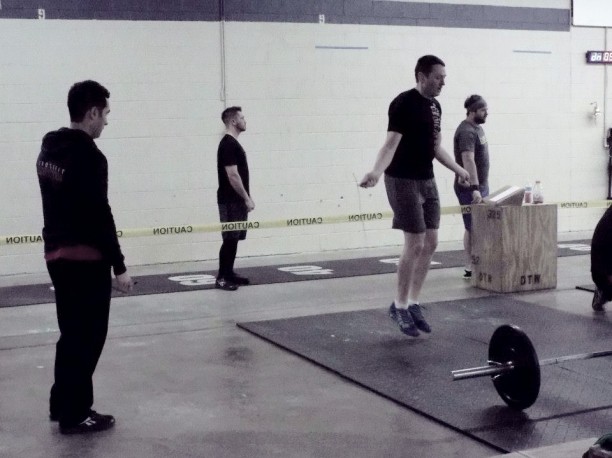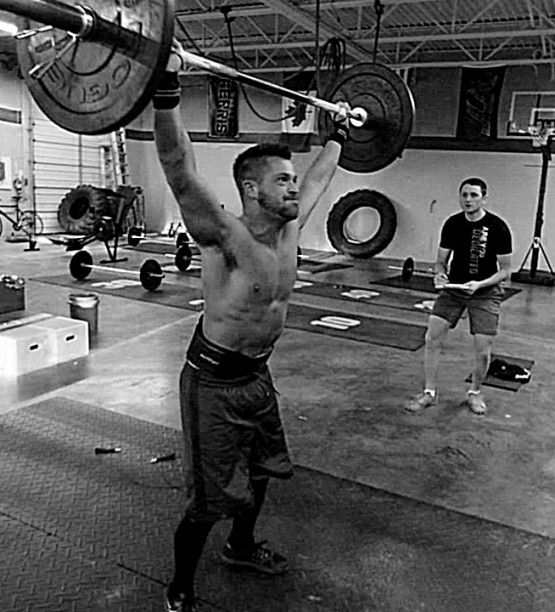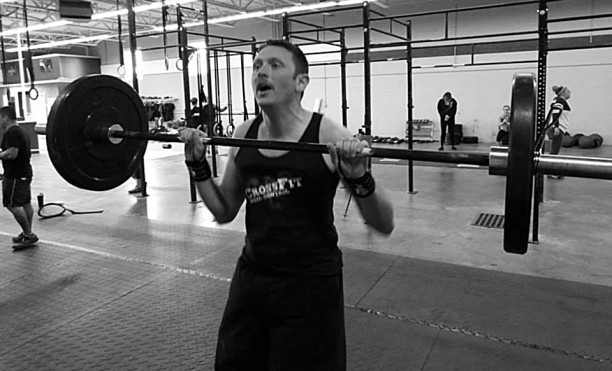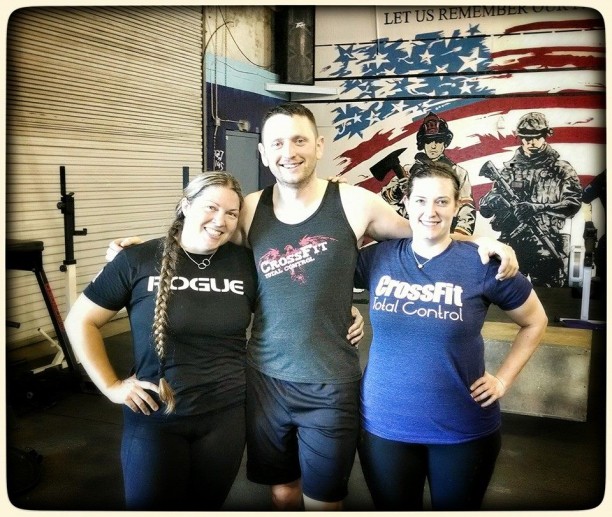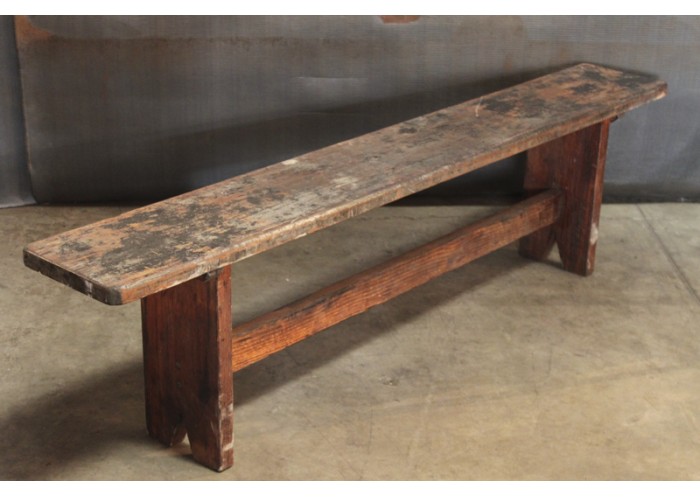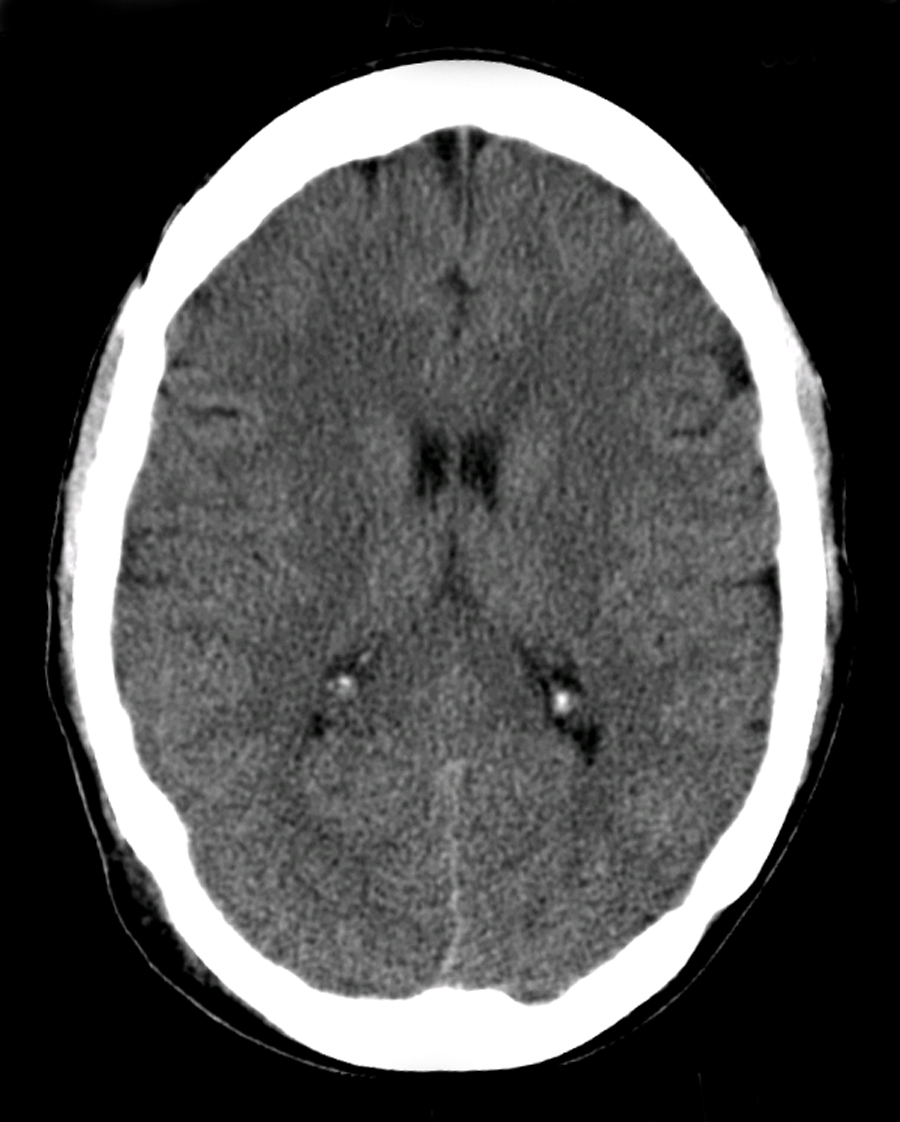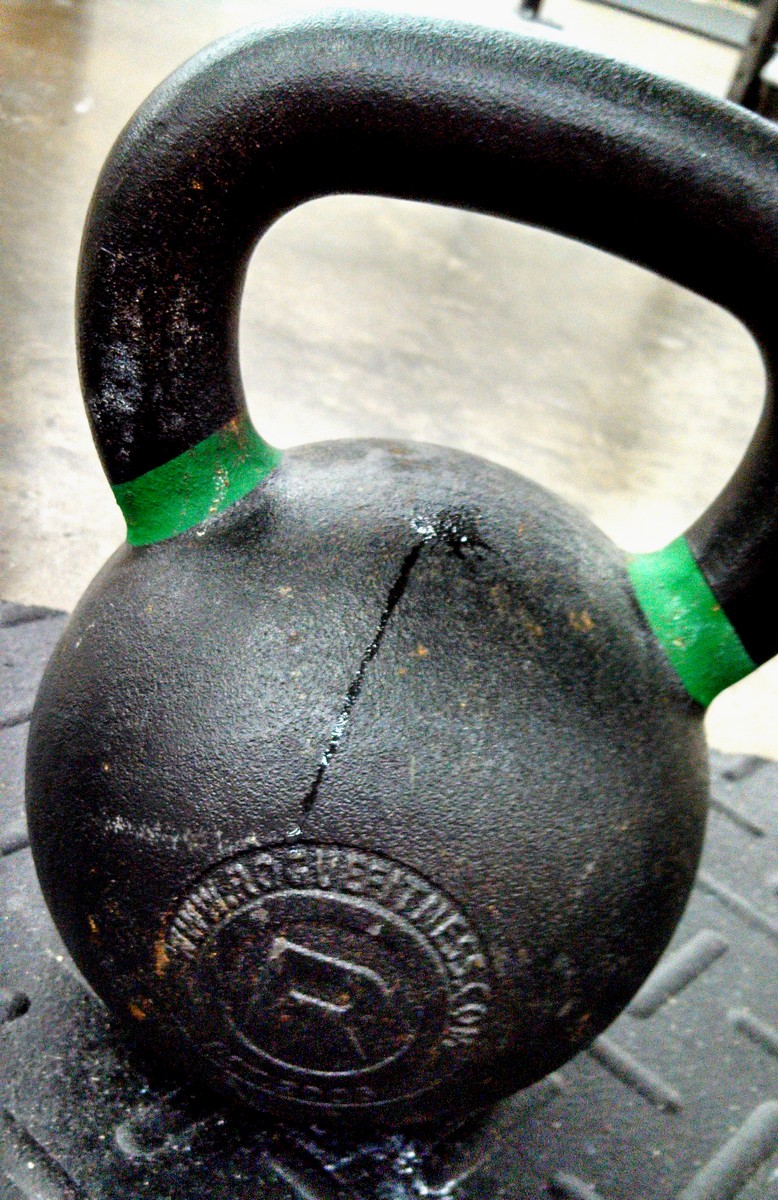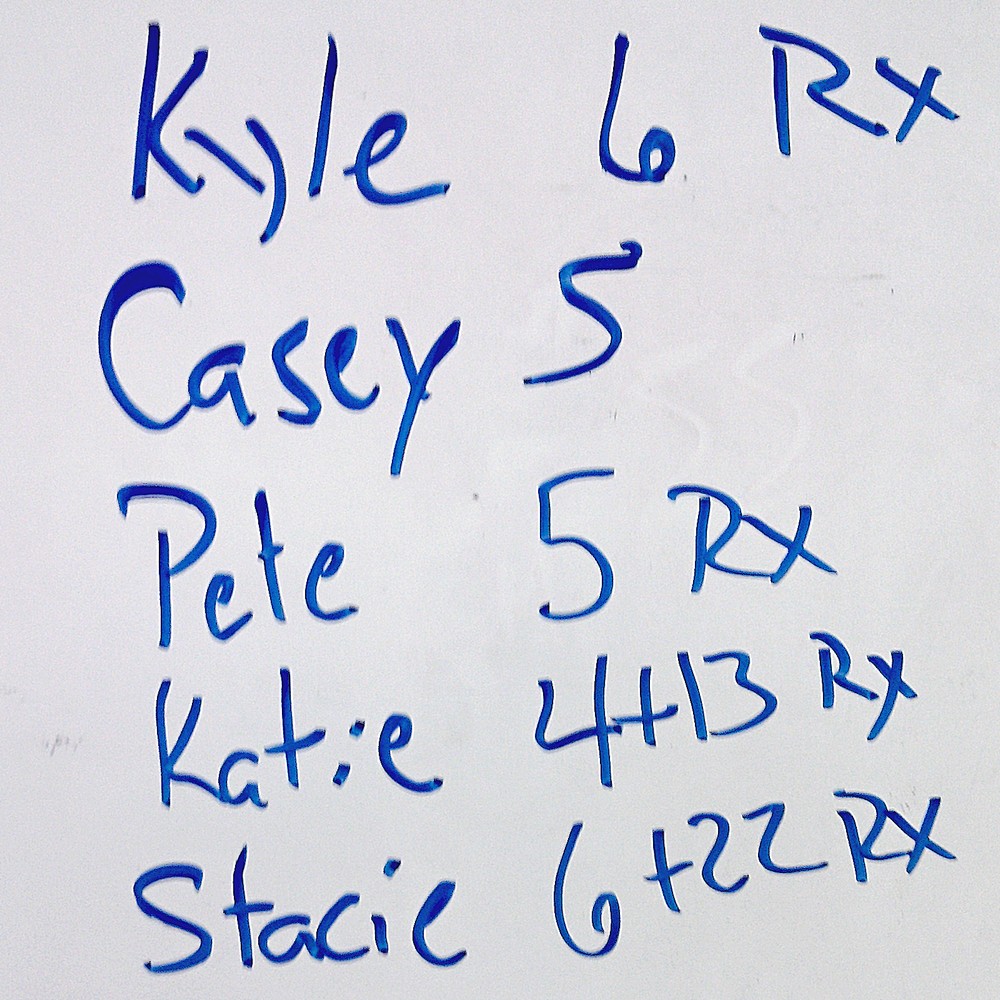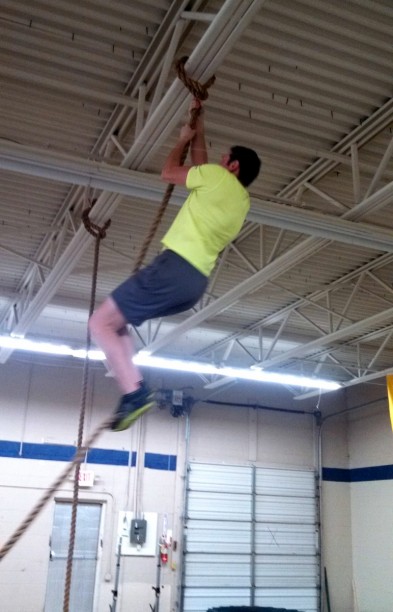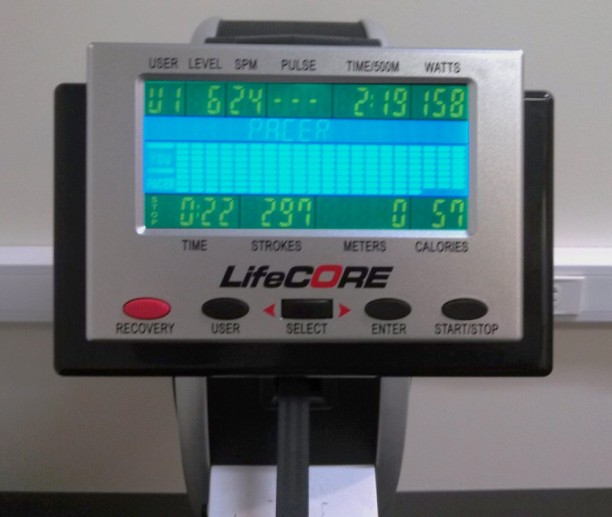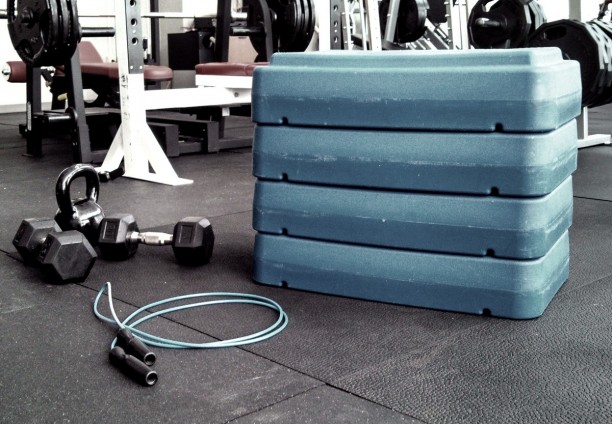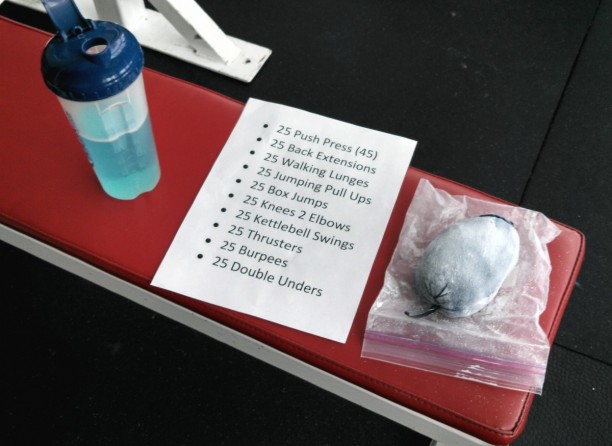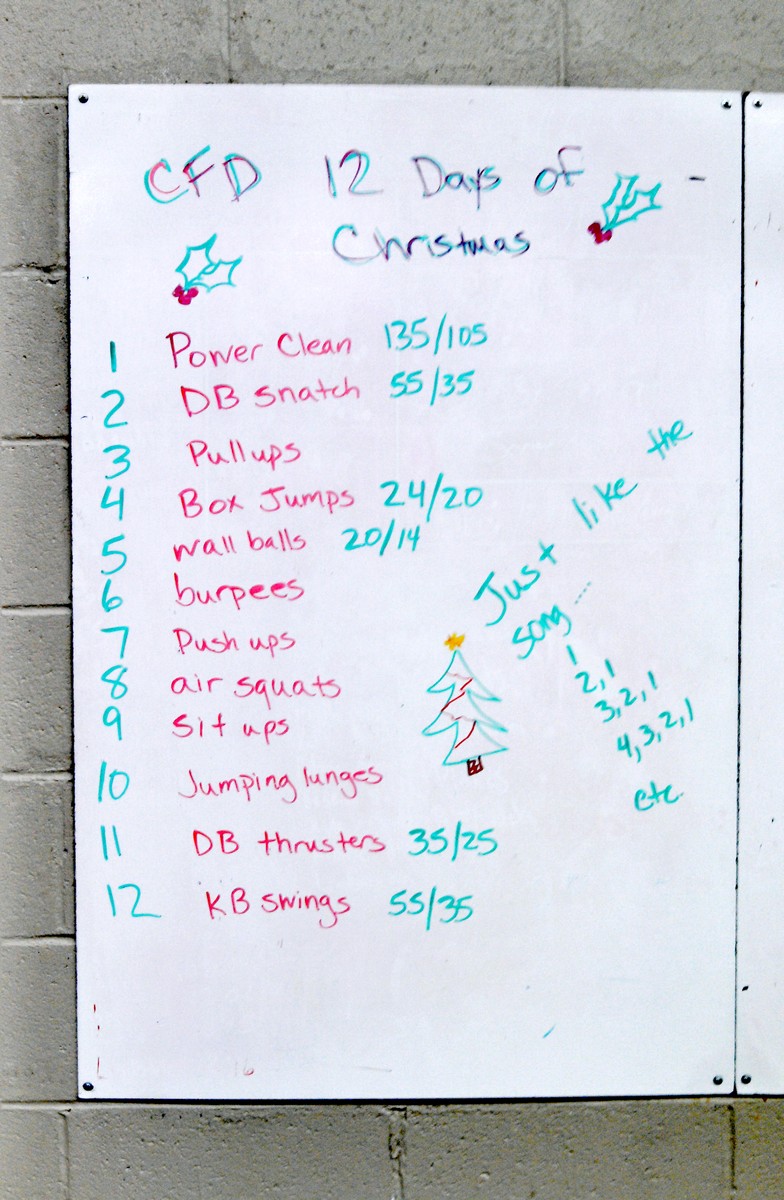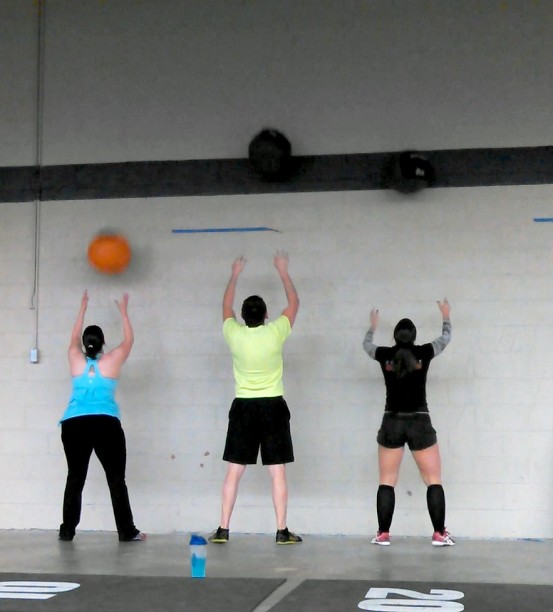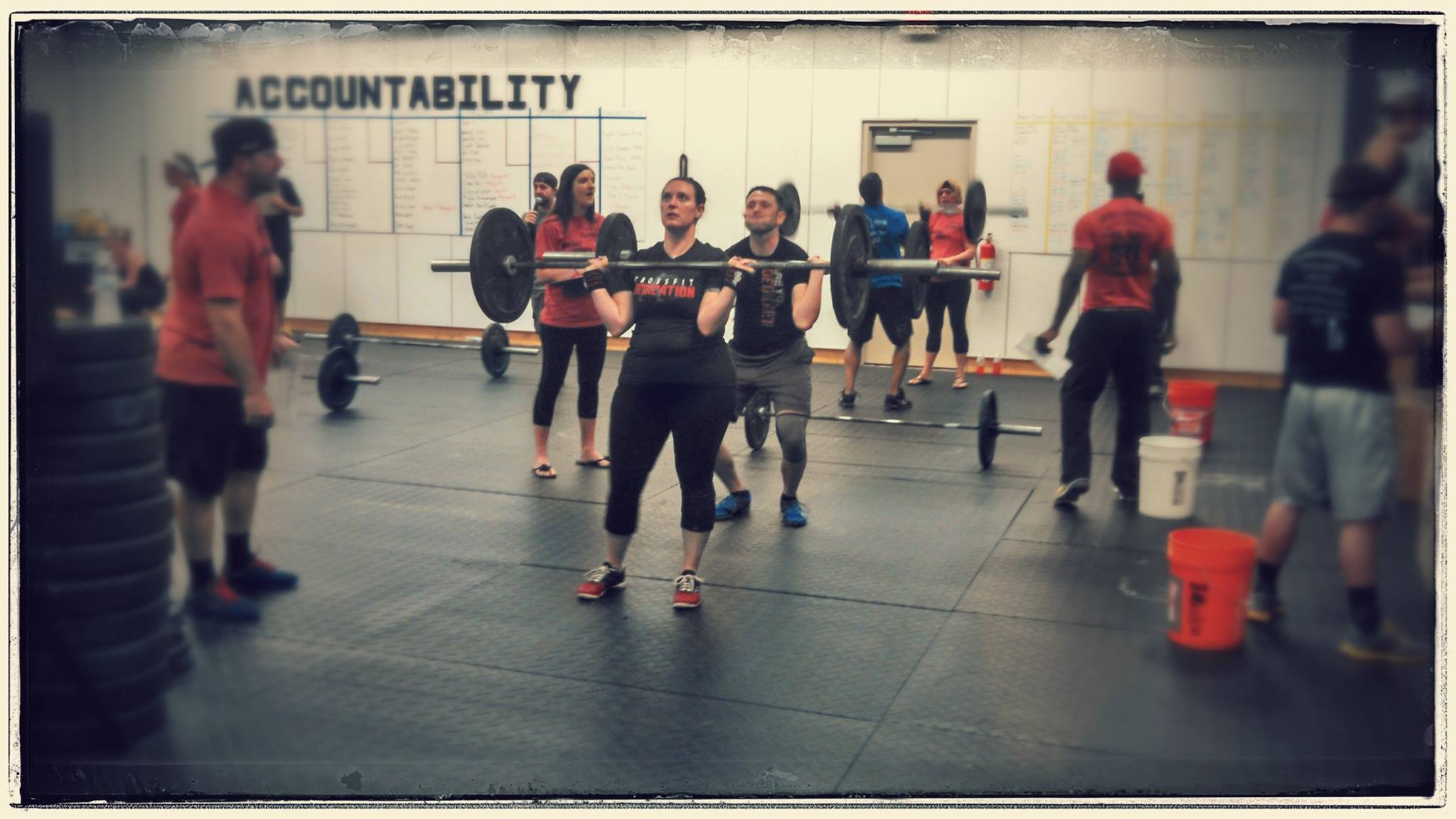
I saw a bad movie once, and now I hate movies.
I tried golf this one time. It was terrible. And I saw all these people slicing balls into the next county. Golf is dumb.
Sound familiar? It should, if you’ve caught wind of the latest viral hatchet job against CrossFit.
For the tl;dr crowd, let me sum up.
- She tries CrossFit a couple times.
- She is appalled that other people in the gym aren’t as fit/skilled as she is.
- She doesn’t do deadlifts. (Wait, what?) Or kipping pull ups. Or kettlebell swings. But considers herself an authority on CrossFit anyway.
- She was sore after doing CrossFit. And that’s bad.
- She has never seen a workout like CrossFit. And that means it’s bad.
- She takes training advice from WebMD and the Huffington Post.
Before denigrating the biggest fitness trend since Sweatin’ to the Oldies, one that has swept the nation and changed tens of thousands of lives for the better, maybe it’s best to at least try to understand it. That requires more than a few cursory classes and a few Google searches for articles underlining your position.
What CrossFit is:
- Constantly varied.
- A fitness program that uses a range of exercises and techniques to build overall fitness, including traditional strength training as well as short, high intensity, high volume sessions.
- A tool that helps a lot of people reach their fitness goals.
What CrossFit is not:
- Random – There is programming at every box, even if it’s unlike the programming you’re used to seeing. No, there isn’t an “arm day” and a “leg day.” But there is a method to the madness, you just have to stick around for more than a day or two to see it.
- Greg Glassman – Yeah, he’s not exactly the model of fitness, but neither are architects always good construction workers. He came up with the idea for the system using a lot of existing science, but it’s not as if he’s actively involved in running every box in the country.
- Dave Castro – We can all agree that he’s a smug-looking weirdo with questionable taste in hats and haircuts. But he also doesn’t run a box.
- The “fail” compilation videos that pop up now and again. More than half of the stuff they show isn’t even CrossFit.
- Cardio – Breathing hard does not equal cardio any more than sweating equals exercise. Nobody at CrossFit is claiming that it’s a cardio program.
The article as a whole is so haphazardly researched and poorly constructed from a logical standpoint that I almost didn’t address it, but let me hit a few points.
To begin, the author talks about how she went into a CrossFit gym and received only cursory instruction on a few exercises before the workout began. Then she goes on to talk about how she’s a career athlete and can bang out muscle-ups at the drop of a hat. It’s possible that she was at a gym where the instruction isn’t very good, but it’s also possible that the coaches observed her doing the movements, concluded she was performing them acceptably, and moved on.
Then Ms. Simmons (no relation to Richard) gets all in a tizzy because some CrossFit workouts include a high volume of Olympic or power lifts. That’s bad, you see, because when she was working out in college, they didn’t do that. But I bet what they did do, was train with volume. Study after study has shown the benefits of low weight, high volume training both for muscular hypertrophy (gettin’ swoll, in DudeBro speak) and for proprioception. So whether you do one movement 100 times, or three different movements that target the same muscle groups 30 times each, the effect is the same: volume. And nobody’s asking anybody to do sets of 30 reps at 90% of their one rep max. Are Olympic and powerlifting movements incredibly complex and technique oriented? You’re damn skippy. That’s why you practice them a bazillion times at a relatively low weight for your strength.
Now, it is true that repetitive stress injuries are a concern in CrossFit. And running, and tennis, and golf, and cycling, and football and bowling. Next?
The article expresses the misconception that, because CrossFit workouts are timed, that all emphasis on form and technique ends once the clock starts. I admit, that was my impression as well before I decided to try it for myself. The truth is, if the workout is to do as many reps as possible in a given time, you only get to count good reps. Proper squat depth has to be achieved, the medicine ball has to make it past the line, and you have to lock out your lifts at the top. While typically you are counting your own reps (unless you’re at a competition), the techniques and standards are clearly briefed, demonstrated and practiced before each workout, and it’s up to you to adhere to them. Coaches will circulate throughout the workout, correcting form, stopping athletes when necessary, and telling them to add or subtract weight. Any CrossFitter will tell you that missing a few reps or taking a few seconds longer to complete a workout because you’re getting some coaching happens almost every day, and it isn’t the end of the world.
Another misconception expressed in the article is that since CrossFit’s trademark workouts are intense, the program consists only of intensity and pain, without regard for safety. But that’s not the case at all. In every workout I’ve attended at several different boxes in different parts of the country, I’ll be at the gym for an hour, and only about ten minutes of that is spent at full throttle during the WOD. The rest of the time is spent on warming up, strength and mobility work, and instruction. Boatloads of instruction. In fact, far more instruction than you’re likely to find in any other readily-available fitness program. Not all of us get to train with college football teams (who, by the way, have totally clean safety records, right?).
She mentions screaming coaches at least twice in the post, which I find just laughable. If anything, CrossFit has garnered a reputation of being positive and supportive, a community that cheers for its newest and least skilled athletes as hard as for its heroes. I’ve been screamed at in a lot of athletic situations in my life. High school wrestling and Air Force boot camp come to mind. But at CrossFit, the only times I can recall a coach raising their voice at me was to cheer, or to be heard above the thumping music that accompanies most of our workouts.
Then there’s the familiar strawman argument about the poor quality of coaching and lack of education that box owners have. As Simmons would have it, you can get up off the couch one day, go pay your money to take a weekend seminar for your CrossFit Level 1 certification, and open a box the following week. Except that isn’t what’s happening. The gym I attend, for instance, is owned by a husband and wife, the former a collegiate athlete, teacher and golf pro (visual and instruction skills, anyone?) and the other a physical therapist. Both had over five years of CrossFit experience before opening their own gym. So much for the whole medical community thinking CrossFit is dangerous, by the way. I have yet to meet someone coaching at a box, let alone owning one, who hasn’t spent years and years training, studying and learning everything there is to know about fitness and physical training. Do all of them have masters degrees in a related field? Of course not, but then, most personal trainers at traditional gyms only had to pass an online exam to qualify for their position. If that. Kinda makes a weekend seminar look thorough, doesn’t it?
After listing off all of his perceived problems with CrossFit, the author is left scratching her head as to why anyone would do it. Maybe, she concludes, people are just addicted to pain, and want to be part of the group. Or maybe, as I observe week after week at the boxes I attend and follow on social media, people are addicted to getting stronger, to learning new things, and to setting new PRs on a regular basis.
It’s true that the most dramatic gains you’ll see at a CrossFit gym will be from people coming off the couch, but that doesn’t mean those are the only people gaining benefit from it. A big percentage of the athletes I train with at CrossFit are athletes in other disciplines, who were already extremely fit when they walked in the door. I’m talking about triathlon winners, Boston Marathon qualifiers, rugby players and the like. And all of them are getting stronger, faster, and better at their other sports because of the addition of CrossFit into their training regimen.
The author saves her most absurd mischaracterizations for last: that workouts are not individualized, and that every CrossFit box in the country is exactly the same. These two assertions are so blatantly false, that I was convinced by the end of the article that the author had been drinking. It’s as if she thinks that box owners pray at the alter of Glassman each night, receive the gospel of the following day’s WOD, and the faithful arrive the next day to perform exactly the movements prescribed, at exactly the prescribed weight, for exactly the prescribed reps.
The truth is, every WOD is adapted to every athlete, every day. Strong athletes add weight. Mere mortals (like myself) might go lighter. Coaches might have new athletes perform two rounds instead of three, or substitute easier movements for more complex ones. The WOD is only a small part of what we do at the gym every day, and even then, what’s written on the whiteboard is only a starting point. Never, at any point, have I had a coach so much as blink when I said I needed to use a lighter kettlebell, or when I dropped off the pull up bar and substituted ring rows, or when I stopped 2 rounds into a 5 round workout and knocked weight off my barbell. If your coach has a problem with you doing those things, by all means, go somewhere else. But I suspect you’ll have a harder time finding a box that has those problems, than one that does not. My coaches push me, but never to the point of danger. They’ll call me out if they think I’m half-assing it, but that’s because they’ve been watching me for months, and know what I’m capable of.
CrossFit has its shortcomings and challenges, and will certainly continue to evolve over the next decade. But if we’re going to address them as the larger fitness community, then let’s not waste time with strawman arguments, baseless rhetoric and double standards. Unless you have the knowledge and experience on the subject to speak with some authority, maybe it’s best you shouldn’t speak at all.
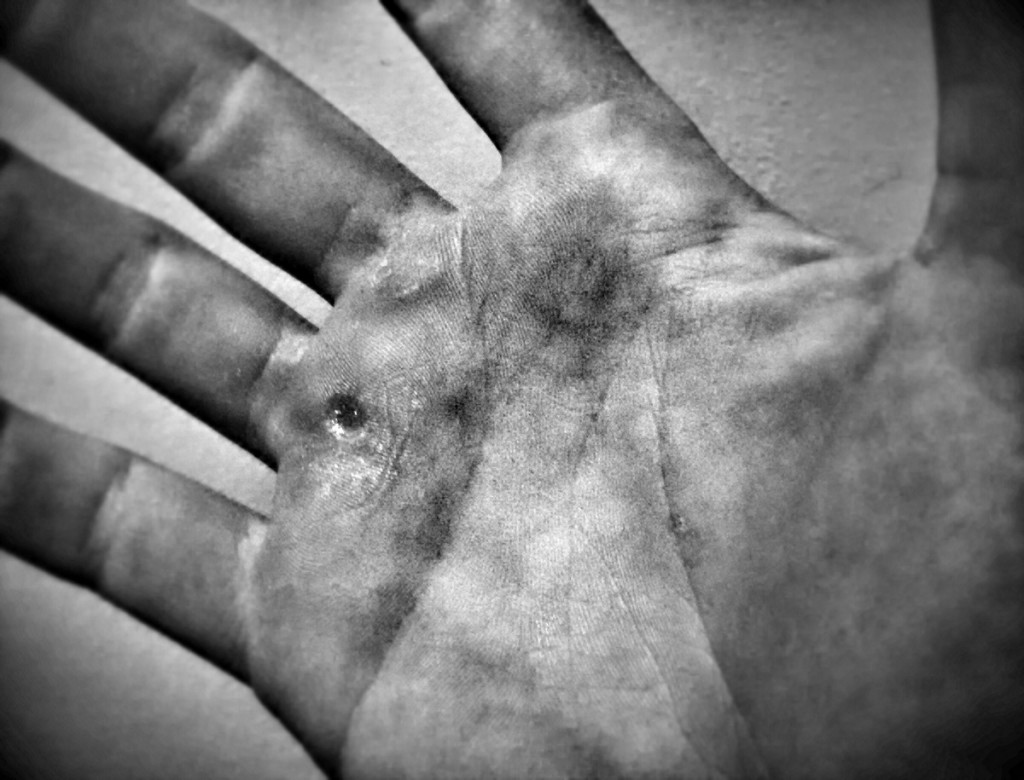 The majority of the posts on this blog have documented my successes, triumphs and progress over the past couple years. This is not one of those posts.
The majority of the posts on this blog have documented my successes, triumphs and progress over the past couple years. This is not one of those posts.

